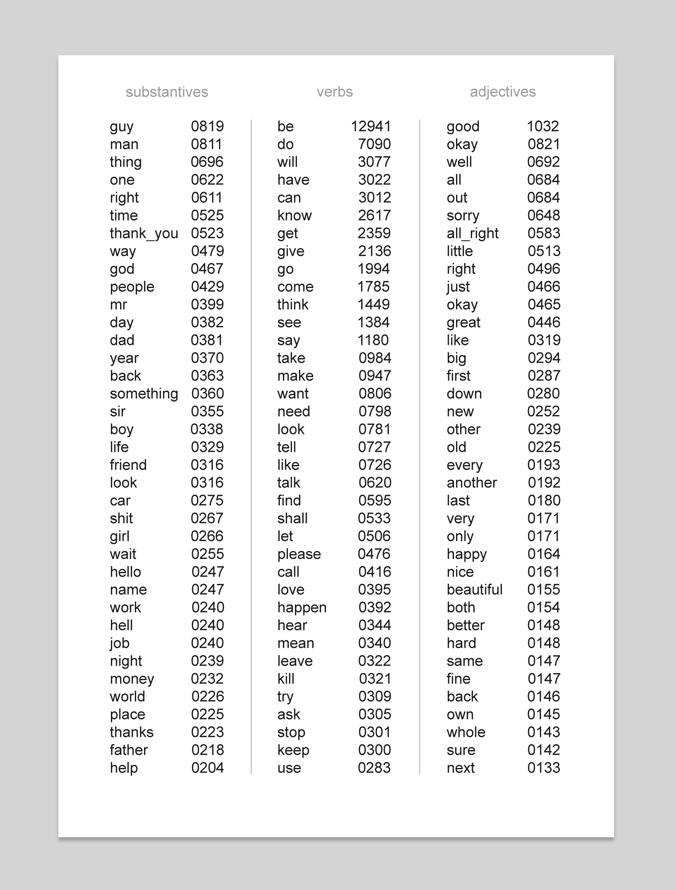User:Grrrreat/thematic/guybegood
For the Archive & Memory thematic I chose to work with mainstream cinema and how it creates wishes and embeds them into our collective memory. This was partly inspired by Arjun Appadurai's text Archive and Aspiration in which he also talks about the aspirations western cinema (and TV) raises in migrants from poorer, non-western countries.
"Migrants, especially the poorer migrants of this world, are not thriving in a world of free markets, consumer paradise or socìal liberation. They are struggling to make the best of the possibilities that are opened to them in the new relation- ships between migration and mass mediation. There is no doubt that migrants today, as migrants throughout human history, move either to escape horrible lives, to seek better ones, or both. The only new fact in the world of electronic mediation is that the archive of possible lives is now richer and more available to ordinary people than ever before. Thus, there is a greater stock of material from which ordinary people can craft the scripts of possible worlds and imagined selves. This does not mean that the social projects that emerge from these scripts are always liberating or even pleasant. But it is an exercise in what I have recent- ly called ‘the capacity to aspire'." - Appadurai
Mainstream cinema as part of this archive of possible lives seems like a good starting point, as it usually encompasses the 'great' stories and all their necessary parts like love, identity, morality, ethics, drama etc.
In order to find an approach to analyse the language and vocabulary of mainstream cinema, I downloaded the English subtitle files of the Top 50 movies of the ‘Top-US-Grossing Feature Films Released In 2011‘ list on IMDB.These subtitle files were then skimmed for word occurence. The results are divided into substantives, verbs and adjectives, the basic building blocks of a sentence.
While the suggestive division in three parts may be not only entertaining but also misleading in some ways, other peculiarities like the fact that the majority of gender-specific words are attributed to the male gender, cannot be overlooked.
The final version is supposed to be an installation with the whole results as printed pages nailed to a wall, starting with the first and topmost results in the middle and the rest slowly moving down until the later results turn into a pile of papers on the floor.

